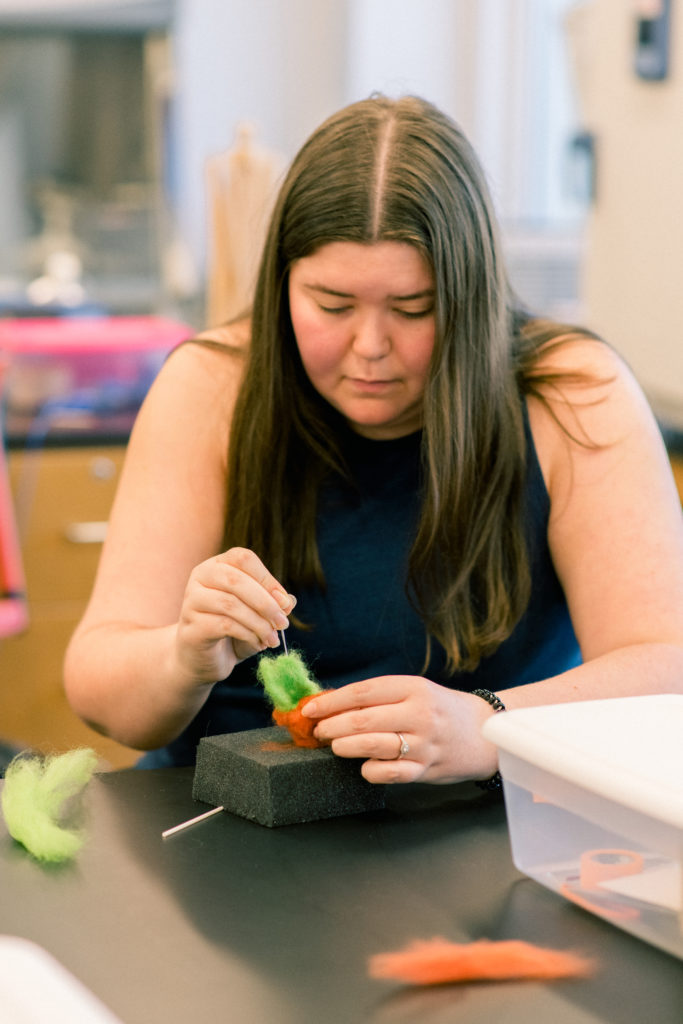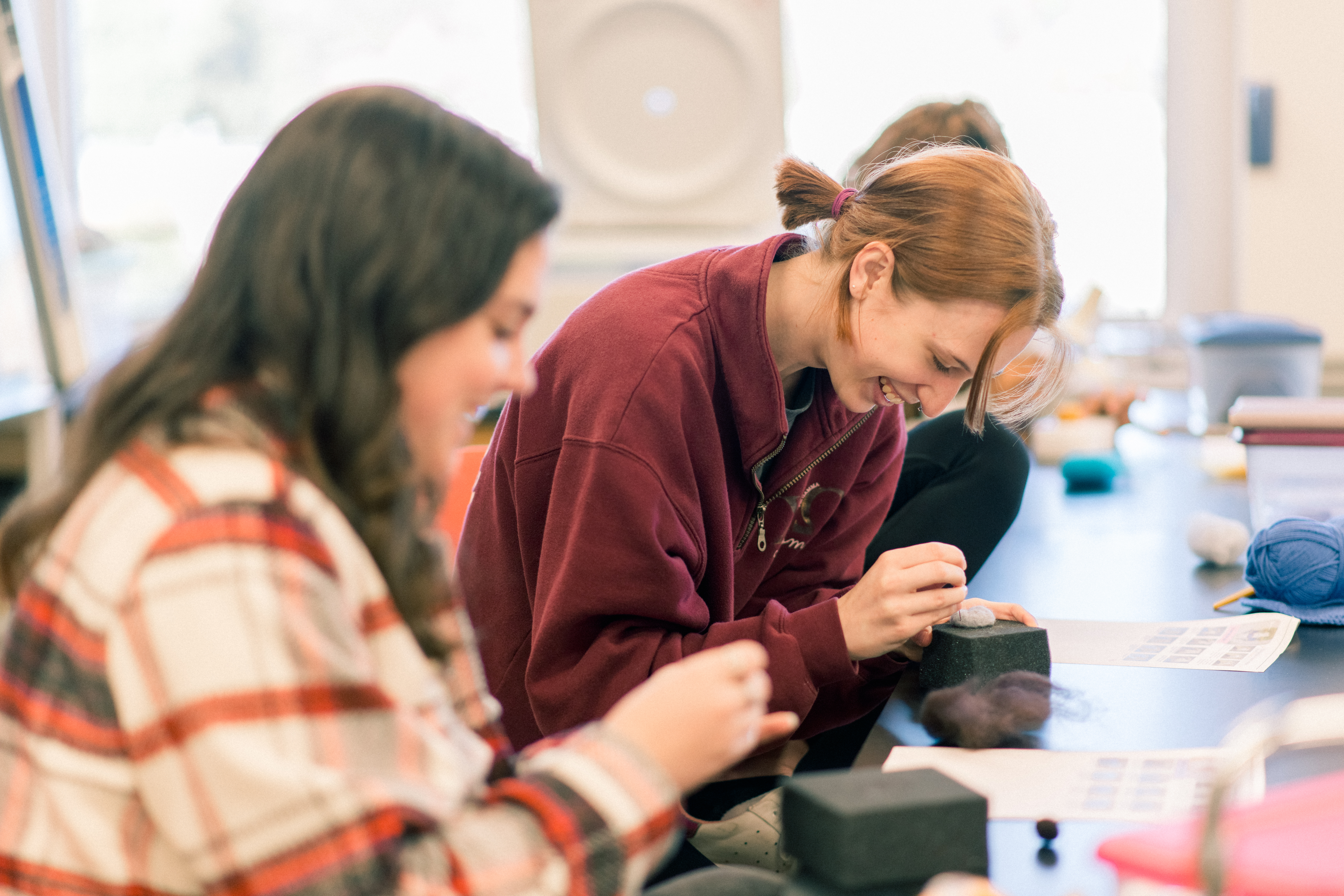
At this time last year, Mary Helene Hall was learning the basics of knitting and making her first hat. Now, the senior journalism and women’s and gender studies double-major is working on a cardigan and shawl and doing lace work, thanks to skills she gained through a Mercer University course.
Fiber arts and culture, a three-hour class offered through the women’s and gender studies program in the College of Liberal Arts and Sciences, teaches the fundamentals of textile work such as knitting and crocheting while examining the intersection of gender and fiber arts throughout history. Students are required to co-enroll in a one-hour service-learning course, through which they make items that are donated locally, said Dr. Virginia Young, biology professor and chair of women’s and gender studies.
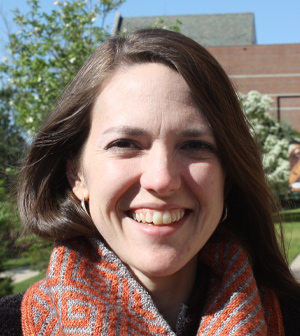
The course was created years ago by longtime interdisciplinary studies professor and fiber artist Dr. Mary Ann Drake, now retired, in response to a need she saw for more upper level women’s studies courses.
“If you think of knitting, crocheting, most of the time we think about older women,” said Dr. Young. “Part of that is historical. (Dr. Drake) thought this was a great way to investigate and explore why this has been ‘women’s work.’”
Around 2010, Dr. Drake asked Dr. Young and Dr. Linda Hensel, biology professor and chair, to sit in on her course and eventually take over teaching it. Dr. Young and Dr. Hensel alternated teaching the class for several years and incorporated additional hands-on activities to show students the variety in fiber arts. Dr. Young has taught the course exclusively since 2019.
The fiber arts and culture class was also regularized into the curriculum and transitioned from a 300-level special topics course with a prerequisite to a 200-level course open to all. It’s generally offered once a year, and it’s fully enrolled each time.

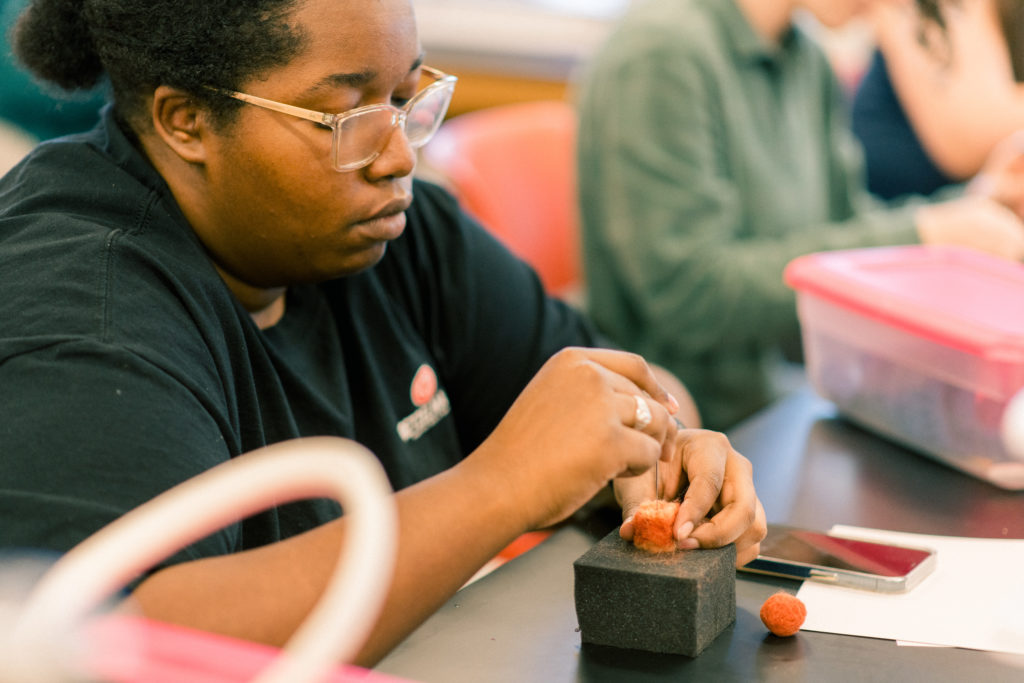
“It’s been a really fun way to expose students to the fiber arts,” Dr. Young said. “We have so much fun. This is a passion of mine.”
Dr. Young learned how to crochet in college from her mother and sister, and she was inspired to take on knitting after finding her grandmother’s needles after she passed away. She joined a knitting group upon coming to Mercer in 2009, and that was an important part of her establishing community in Macon. In her class, she emphasizes the generational and community aspects of the fiber arts and regularly has local fiber artists and other Mercer faculty members sit in as guest instructors.
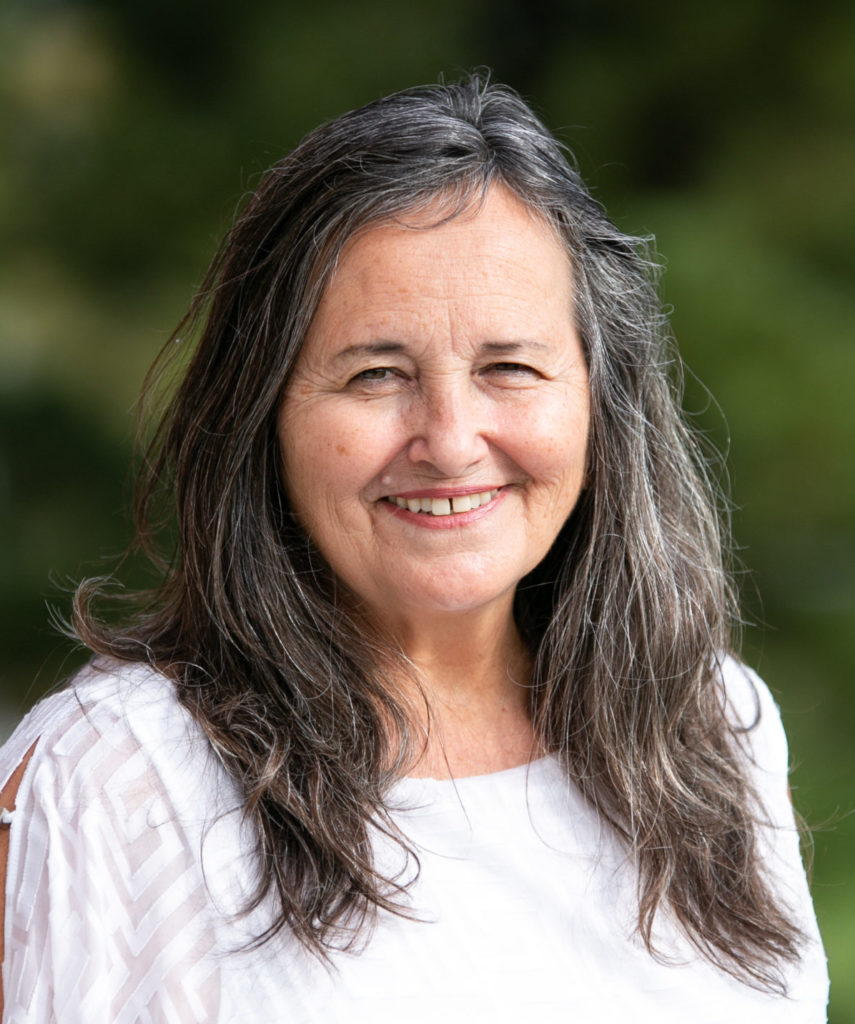
“That connection to my grandmother is a common theme,” she said. “That’s one of the ideas that we’re exploring, how ancient these crafts are and how they connect us to our ancestors.”
Students discover the history of fiber arts, the role of women in cloth and how that shaped society. They study the books Women’s Work: The First 20,000 Years and This Long Thread: Women of Color on Craft and Community, as well as other texts, and explore topics of gender, feminist identity, race, social class, individualism, religion, industrialization, oppression and culture in relation to the fiber arts.
“Students are fascinated to learn that women controlled clothing in every capacity — fiber production, dying, designing, weaving, knitting, etc. — until industrialization took over,” Dr. Hensel said. “With industrialization, men were in charge, but women and children carried out the factory work. Women clothed humanity and still do most of the grunt work in factories in underdeveloped countries.”
Dr. Young also addresses topics of sustainability, and students gain an understanding of where clothes come from, what it takes to make them and what choices can be made to be a smart consumer. They also see how clothing can send messages.
“It’s empowering to remind all of us that we can shape society; we can shape our own world,” she said. “We can make that hat instead of buying it. We can use those crafts that are connected throughout our culture to connect with our family.”
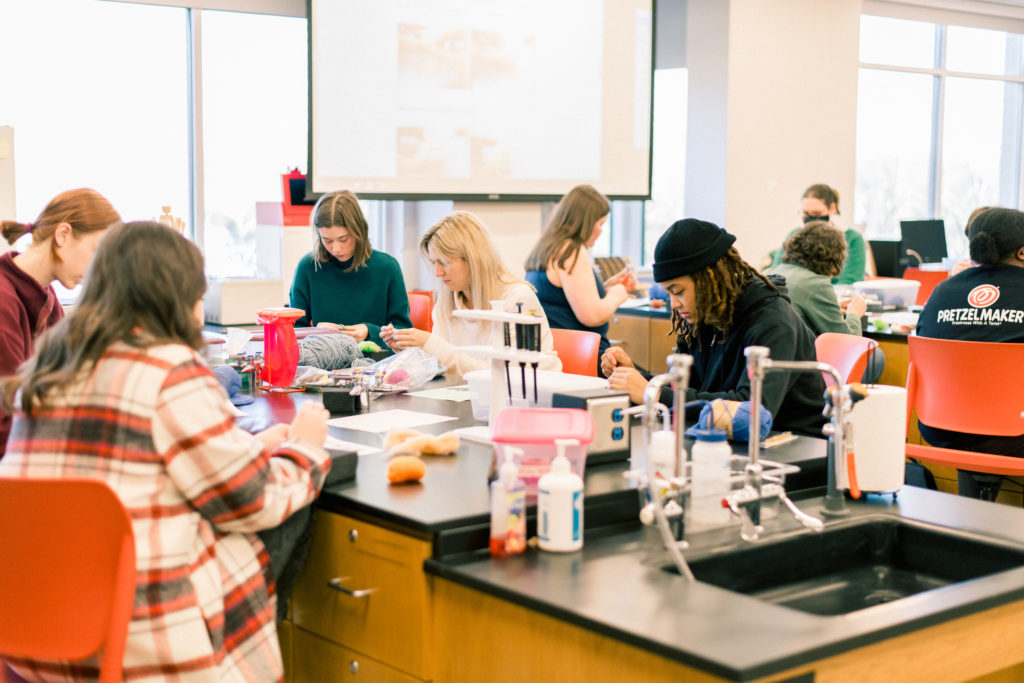
The service component initiated by Dr. Drake for the course has continued and was formalized into a linked community service class a couple years ago. That hour during the week is devoted to teaching students techniques for various fiber arts. While the main focus is knitting and crocheting, Dr. Young also provides instruction on other skills like needle felting, yarn and silk scarf dying, and yarn spinning.
Students are required to complete at least 45 hours of crafting and make at least three items for the organization that Dr. Young selects. Last year, students made items for babies at a local birthing center, and the current class will make hats for local youth in partnership with the #HatNotHate national anti-bullying campaign, Dr. Young said.
“DIY (do it yourself) creations for service is a huge part of the fiber communities today,” Dr. Hensel said. “This part of the course fits with the Mercer ethos and is so important for our students to learn a variety of ways they can make a difference.”
Intrigued by the knitted creations she saw a friend making for the course, Hall tried to sign up for fiber arts and culture her sophomore year, but it filled up too quickly. She was able to take the class her junior year, and she loved it so much that she returned this semester as a teacher’s assistant.
“I did it just so I could experience the class again,” she said. “I thought it was a really unique class that a lot of people don’t get to experience. It made me want to be on the other side of helping people learn to knit and helping them through class discussions. I love Dr. Young too.”
Hall enjoyed learning about all the fiber arts, but she said knitting was by far her favorite. She discovered that knitting really helps her focus, and she often knits during her lecture and discussion-based classes now. She has been pleased to see how far her skills have come since last year and how many of her classmates have continued with their craft as well.

